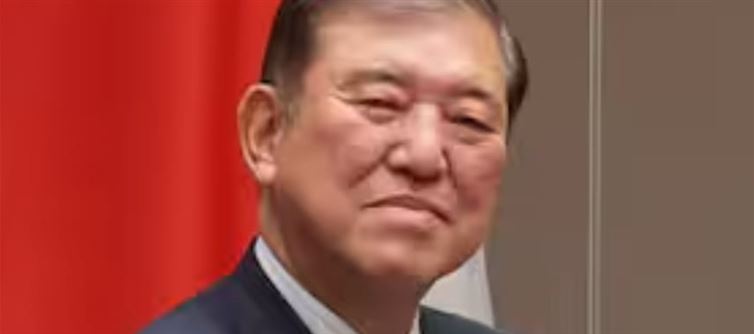
Ishiba Resigns as japan PM
Prime minister Shigeru Ishiba, 68, announced his resignation on Sunday.
Stepped down following the LDP’s heavy losses in July’s parliamentary elections.
Pledged to stay in office until a successor is chosen.
Assumed office less than a year ago, in October.
Election Losses
LDP lost the majority in both the lower and upper houses.
July upper house defeat: 248 seats affected, weakening party control.
Initial resistance to resign due to potential political vacuum amid economic and diplomatic challenges.
Pressure from senior party figures, including Shinjiro Koizumi and former PM Yoshihide Suga, led to his resignation.
Economist Kazutaka Maeda called the resignation “inevitable” given repeated election losses.
Trade Deal With U.S.
Before resigning, Ishiba finalized a major trade pact with the U.S.
Japan committed $550 billion in investments for lower U.S. tariffs.
Tariffs on Japan’s exports were reduced from 25% to 15%.
Ishiba described the deal as paving the way for a “golden era” in Japan–U.S. relations.
He expressed a desire to “pass the baton to the next generation.”
Successor Race
Potential candidates:
Shinjiro Koizumi – Charismatic Agriculture minister, seen as a rising star.
Sanae Takaichi – Former Economic Security minister, advocates expansionary fiscal policies and a cautious interest rate approach.
Yoshimasa Hayashi – Chief cabinet Secretary, protégé of ex-PM Fumio Kishida.
Takaichi narrowly lost to Ishiba in last year’s LDP leadership run-off.
The market focuses on potential economic policy shifts under new leadership.
Political Uncertainty
LDP lacks a majority in either house; governing may require opposition support.
Analysts suggest a possible snap election for a fresh mandate.
Far-right party Sanseito made gains, indicating political landscape changes.
Kyodo news poll: ~55% of respondents see no need for an early election.
LDP presidential election expected in early October, keeping political and economic uncertainty high.




 click and follow Indiaherald WhatsApp channel
click and follow Indiaherald WhatsApp channel